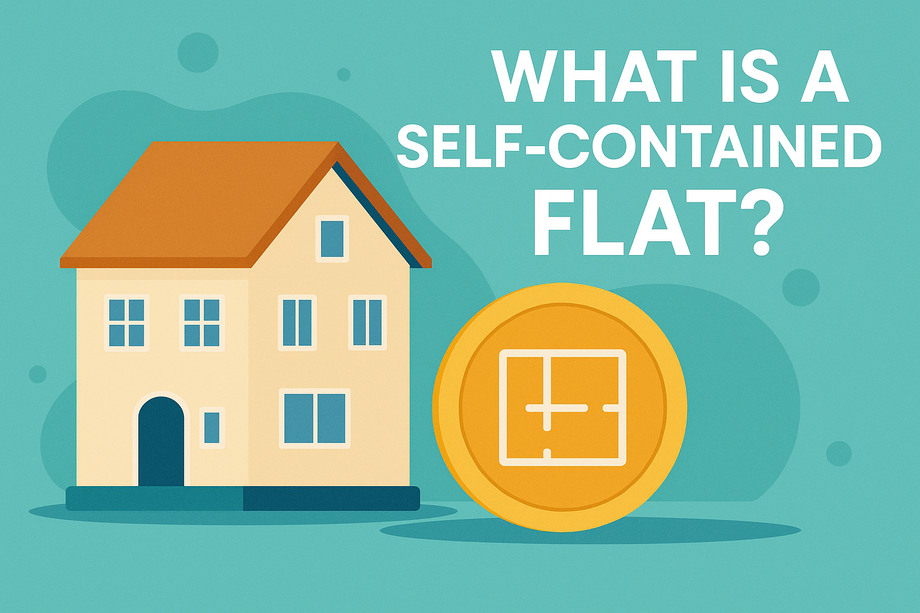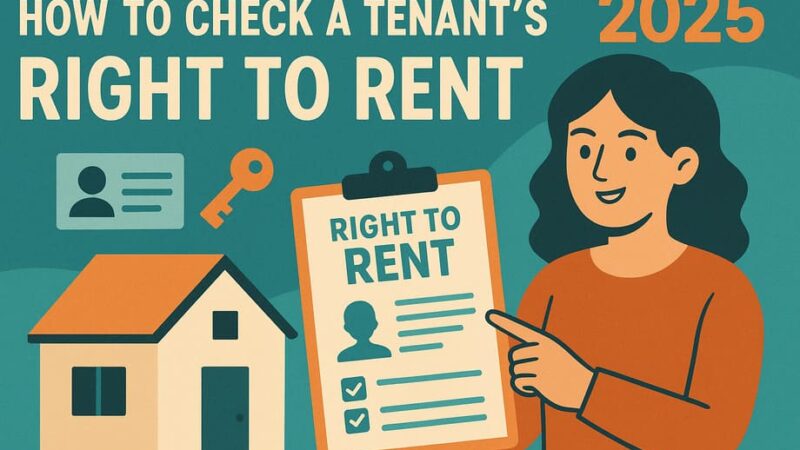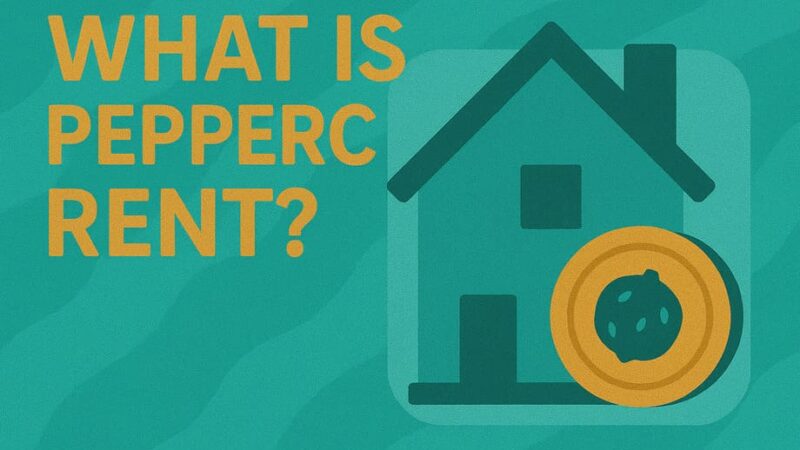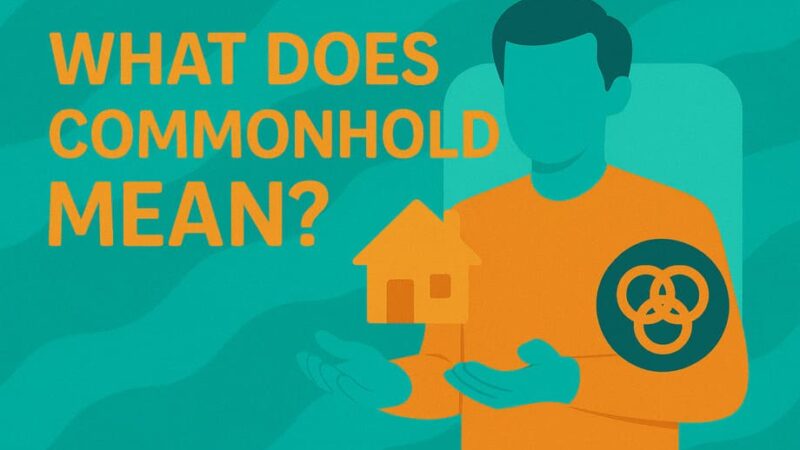What is a Self-Contained Flat? Your Complete UK Property Guide

A self-contained flat represents a residential property where all essential living facilities are included within the unit, without any shared communal areas such as kitchens, bathrooms, or living spaces. These properties function as completely independent living units, each featuring its own private entrance and all necessary amenities. Self-contained flats have become increasingly popular across UK cities, particularly among working professionals, university students, and young couples who value privacy and independence without the complications of shared living arrangements.
Understanding Self-Contained Flats in Legal Terms
The official definition of a self-contained flat varies according to local authority guidelines and housing regulations. Generally, the core requirements include a private toilet and bathroom facility, a complete kitchen area equipped with cooking appliances and sink, plus designated living and sleeping spaces. Unlike Houses in Multiple Occupation (HMOs), self-contained flats eliminate the need for residents to share any communal facilities. This classification significantly impacts licensing requirements, council tax obligations, and rental legislation compliance.
Essential Characteristics of Self-Contained Flats
For a property to qualify as a self-contained flat, it must possess specific features that ensure complete independence for its occupants. The unit requires its own separate entrance, providing private access without passing through shared areas. All essential facilities must be contained within the property boundaries, including dedicated spaces for cooking, washing, sleeping, and general living activities.
Self-Contained Flats Compared to Alternative Housing Options
Understanding the differences between self-contained flats and other accommodation types is crucial for both landlords and tenants making informed housing decisions. A studio apartment, while technically a self-contained flat, combines all living functions within one open-plan area, whereas traditional self-contained flats may feature distinct rooms for different purposes.
Bedsits represent single rooms within larger properties where occupants share bathroom and kitchen facilities with other residents. In contrast, self-contained flats maintain complete independence with no shared amenities whatsoever.
Regarding Houses in Multiple Occupation (HMOs), these properties accommodate three or more individuals from separate households who share common facilities. Self-contained flats do not fall under HMO regulations precisely because each unit operates independently without shared spaces or facilities.
Who Can Benefit from Self-Contained Flat Living?
Self-contained flats serve various tenant demographics effectively. Young professionals often prefer these properties for the privacy and autonomy they provide, avoiding the potential conflicts and inconveniences associated with shared housing. Older residents seeking comfortable, manageable living spaces find self-contained flats ideal for downsizing without sacrificing independence. Small families appreciate the cosy, affordable housing option that self-contained flats represent.
From an investment perspective, landlords frequently find self-contained flats more profitable than HMO properties due to growing market demand. These properties typically require less intensive management, feature simpler tenancy arrangements, and appeal to stable, long-term tenants seeking quality independent accommodation.
Current Market Conditions and Pricing
The increasing urbanisation trend and rising property values have made self-contained flats particularly attractive in major UK cities including London, Edinburgh, Manchester, and Bristol. Rental costs vary significantly based on location, property size, and included amenities, but typical pricing patterns have emerged across different regions.
In London, self-contained flat rentals typically range from £1,200 to £3,000 monthly, depending on the specific area and property standard. Regional cities such as Manchester, Birmingham, and Leeds generally offer more affordable options, with monthly rents spanning from £600 to £1,800.
Given the ongoing housing shortage and continued urban migration, demand for self-contained flats is expected to remain strong, presenting attractive investment opportunities for property owners and developers.
Legal Requirements for Landlords and Tenants
Landlords renting self-contained flats must comply with various legal obligations established by local authorities and national housing legislation. Essential requirements include conducting regular gas safety inspections and electrical system checks to ensure full compliance with UK safety standards. Properties must possess current Energy Performance Certificates (EPC) demonstrating energy efficiency ratings. Additionally, landlords must perform Right to Rent checks, verifying that all tenants have legal permission to reside in the UK.
Tenants should verify that their accommodation is properly classified as a self-contained flat to avoid complications regarding council tax calculations, tenancy agreement terms, and maintenance responsibilities. Proper classification ensures clear understanding of rights and obligations for all parties involved.
Investment Potential and Management Considerations
Self-contained flats offer several advantages for property investors compared to other rental property types. The independent nature of these units typically results in lower tenant turnover rates, as residents value the privacy and autonomy these properties provide. Management responsibilities are generally less complex than HMO properties, with fewer regulatory requirements and simpler tenant relationships.
The growing demand for quality independent accommodation, particularly in urban areas, suggests strong rental yield potential. Professional tenants often prefer self-contained flats, leading to more reliable rent payments and better property care.
Planning and Development Considerations
When considering self-contained flat investments or conversions, several factors require careful evaluation. Local planning permissions may be necessary for property conversions, particularly when creating multiple independent units from larger properties. Building regulations must be satisfied to ensure proper fire safety, insulation, and accessibility standards.
Market research into local demand patterns, competitor pricing, and target tenant demographics helps inform investment decisions. Understanding the specific requirements and preferences of potential tenants in your target area enables more effective property positioning and marketing.
Future Outlook for Self-Contained Flats
The self-contained flat market appears well-positioned for continued growth, driven by demographic trends and changing lifestyle preferences. Increasing numbers of professionals seek flexible, independent living arrangements without the commitments associated with larger family homes. Young adults are delaying major life decisions such as marriage and homeownership, creating sustained demand for quality rental accommodation.
Urban densification trends suggest continued development of self-contained flat properties as developers and planners seek efficient land use solutions. Government housing policies increasingly recognise the important role these properties play in addressing housing shortages while providing quality accommodation options.
Making Informed Decisions About Self-Contained Flats
Whether you’re considering renting or investing in self-contained flats, thorough research and professional guidance prove invaluable. Understanding local market conditions, legal requirements, and target tenant needs enables better decision-making and improved outcomes.
For tenants, self-contained flats offer an excellent balance of independence, affordability, and convenience, particularly in urban environments where housing options may be limited. For investors, these properties represent opportunities for stable rental income with manageable ongoing responsibilities.
The key to success in the self-contained flat market lies in understanding the specific characteristics that distinguish these properties from other accommodation types, along with the legal and practical implications of this classification. Whether you’re seeking your next home or your next investment opportunity, self-contained flats deserve serious consideration in today’s dynamic property market.
Considering a self-contained flat for your next move or investment? Understanding the unique characteristics and benefits of these independent living units helps ensure you make the right decision for your circumstances and goals.
Last Updated on August 14, 2025 by James Cartwright







